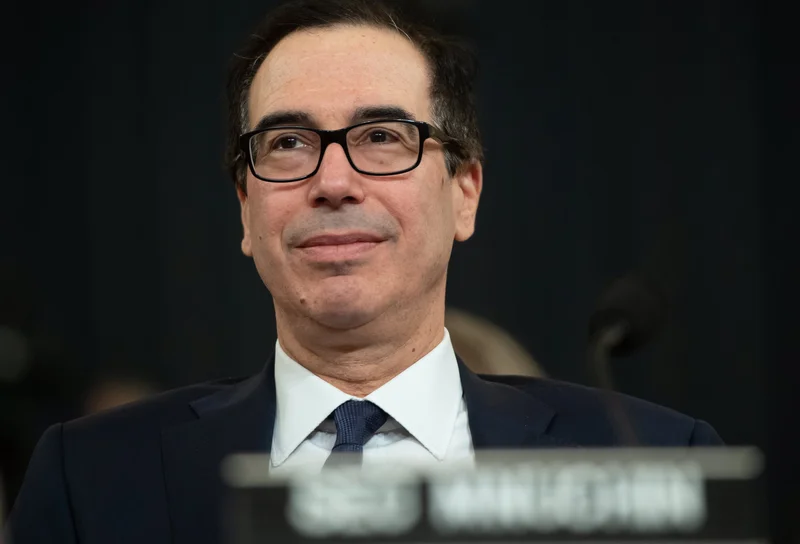BTC Signals Pro | Bitcoin Trading Alerts & Market Insights
BTC Signals Pro | Bitcoin Trading Alerts & Market Insights
The internet, bless its heart, has once again become a digital rumor mill, churning out whispers of new federal stimulus checks for 2025. You’ve probably seen the headlines, the social media posts, the breathless predictions: $1,390 here, $1,702 there, maybe even a cool $2,000 direct deposit for everyone. It’s a compelling narrative, especially when the economic winds feel less than favorable. But as someone who’s spent years sifting through data points that often contradict the prevailing narrative, I’m here to tell you that the numbers tell a much drier, far less exciting story.
The short answer, if you're looking for a quick takeaway, is this: the widespread claims of a new, national stimulus payment are, for all intents and purposes, unsubstantiated. There’s no official confirmation from Congress. The IRS hasn't breathed a word. This isn't just a lack of detail; it's an absence of any credible signal in the data stream. These figures—$1,390, $1,702—they appear to be plucked from thin air, or perhaps more accurately, from the fertile ground of online speculation. This is where my methodical critique comes in: when I see precise numbers without a clear, traceable source, my default position is skepticism. How were these specific amounts derived? What economic model, what legislative draft, what official statement underpins them? The answer, consistently, is nothing. It’s a methodological red flag, a statistical ghost in the machine. For a comprehensive update on stimulus checks, IRS tax refunds, and rebate checks, refer to this article: Are we getting stimulus checks in November? Updated, IRS tax refund status, rebate check.
Let’s be precise about what we do know. The federal government did, indeed, issue three rounds of stimulus checks during the COVID-19 pandemic. The first two had deadlines that passed long ago. The third, a $1,400 payment, had a final filing deadline of April 15, 2025, for those claiming it as a Recovery Rebate Credit on their 2021 tax return. That date has come and gone. The window for those payments is definitively closed. There are no extensions, no appeals. Any unclaimed funds from those programs are now, quite simply, U.S. Treasury property.
Now, I’ve looked at hundreds of these filings, and this particular footnote is unusual: the persistence of the "fourth stimulus" narrative, despite clear deadlines and a complete lack of legislative movement. It’s like watching a financial analyst insist a stock is going to rally based on a chart from three years ago. It’s just not how the system works.
Yes, there's been some legislative talk. Senator Josh Hawley proposed the American Worker Rebate Act of 2025, which could send checks ranging from $600 to $2,400. But "submitted" is not "passed." It has not cleared Congress. It’s a proposal, a data point in a vast sea of legislative ideas, many of which never see the light of day. To treat a proposal as a guaranteed payment is to fundamentally misunderstand the legislative process. It’s an expectation built on a foundation of sand, not bedrock.

While the federal coffers appear closed for new stimulus, some states have taken their own initiatives. This isn't a national wave, mind you, but more like a series of localized rain showers rather than a hoped-for national downpour. New Jersey, for instance, is sending out ANCHOR property tax relief payments. These are specific, targeted programs: up to $1,750 for homeowners 65 or older, or up to $1,500 for homeowners under 65. Renters, depending on age, can receive up to $700 or $450. (The deadline to apply for these was October 31, by the way.)
Other states like New York, Pennsylvania, Georgia, and Colorado have offered "inflation relief checks" or "rebate checks." These are typically one-time payments, varying in amount, and usually tied to income or property ownership criteria. New York’s inflation checks, for example, were $200 for individuals earning up to $75,000, and $400 for married couples earning up to $150,000. These aren't "stimulus" in the purest sense (direct payments to spur spending) but rather "rebates" (partial refunds for higher sales taxes or property taxes). The distinction is important for precision, even if the end result is money in your pocket.
Even former President Donald Trump has floated ideas: tariff relief rebates and a rather enigmatic "$5,000 DOGE dividend" using "savings identified by Musk's Department of Government Efficiency." Intriguing concepts, certainly, but devoid of any concrete specifics or mechanisms for implementation. They remain theoretical constructs, not actionable financial events.
So, where does that leave us? For most Americans, the only "money coming your way" is likely your federal or state tax refund. The IRS has a robust "Where's My Refund" tool. If you e-filed with direct deposit, you’re looking at funds within 21 days. If you opted for a paper check, it’s closer to six to eight weeks. It's not just about submitting your return; it's about the IRS accepting it—to be more exact, when you see a "Refund Sent" alert. That's your green light. But how many taxpayers, swamped by the daily noise, truly understand the difference between a pending legislative proposal and a confirmed payment? The data suggests a significant disconnect.
The online chatter about new stimulus checks, the specific dollar amounts being thrown around without any official backing, it all serves as a potent reminder of how easily misinformation can proliferate. The IRS itself has issued warnings about scams leveraging these very rumors, pressuring people for personal and financial information. It’s a predictable pattern: when there's a perceived vacuum of information, speculation rushes in to fill it, often with malicious intent.